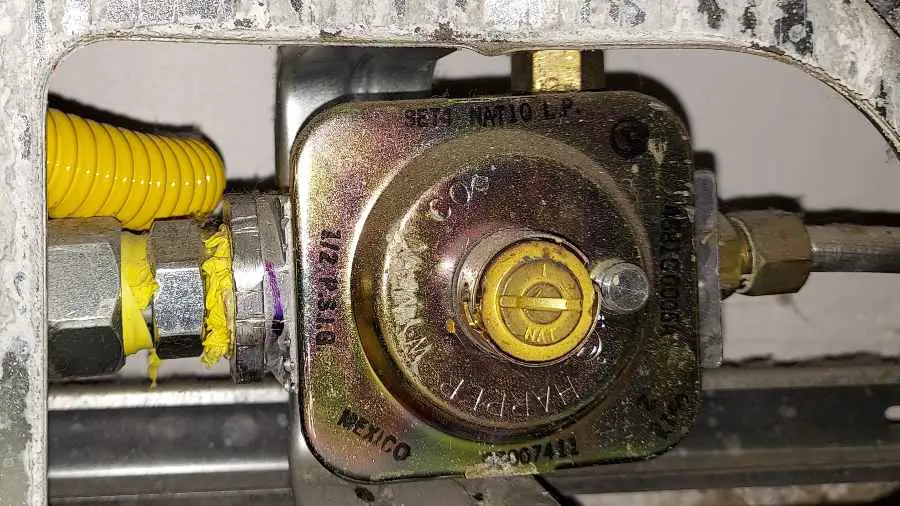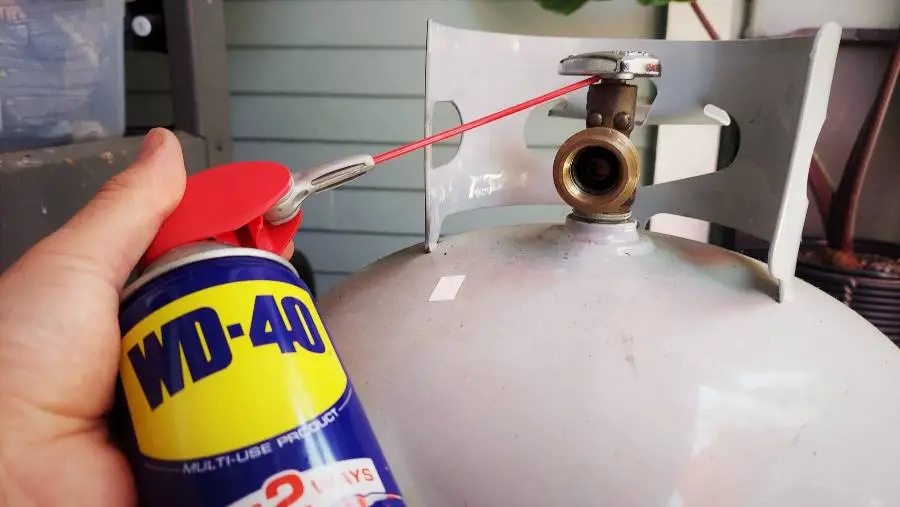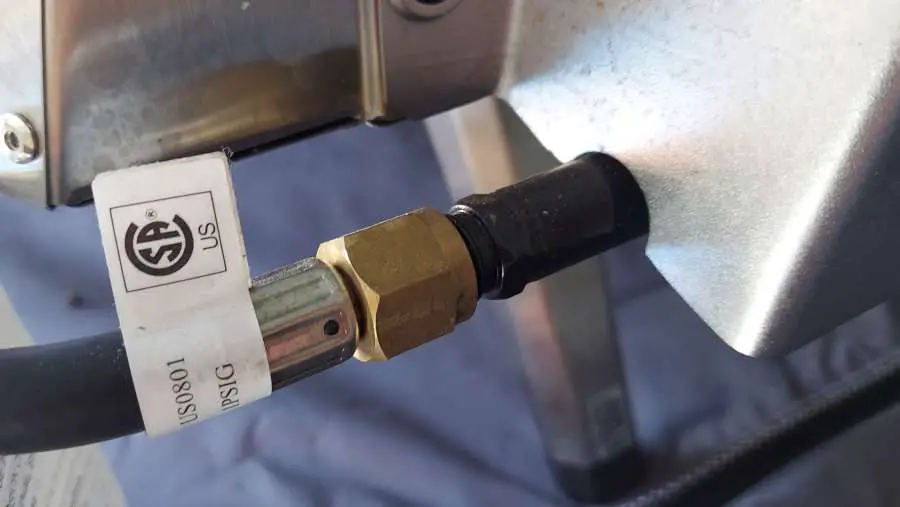Last Updated on May 23, 2024 by Dan Campbell
Installing solar panels on your home is a great way to cut down on your electric bill. You usually find solar panels on large houses or commercial buildings, but you can also put solar panels on RV’s, and other manufactured homes (sometimes known as mobile homes). Unfortunately, installing solar on your manufactured home is not always as straightforward as installing solar on a non-mobile home. You’ll need to check a few items before you go and purchase solar panels, as there is a chance you will not be able to install them.
Can I Install Solar Panels On My Manufactured Home?
Like most home improvement upgrades, being able to install solar panels on your manufactured home will greatly depend on your local building ordinances. Some cities will allow solar upgrades to manufactured homes but most local codes will require solar panels to be installed on dwellings with a solid foundation.
Luckily, even if you’re unable to install solar panels directly on the roof of your home you can still utilize solar energy. Solar Panels can also be installed on other structures on the property, or on specialized ground mounts.
To find out if you can install solar panels on our manufactured home you’ll need to contact your county and city zoning board to see if there are any regulations on installing solar panels. Next, you’ll want to contact your property management to confirm any residential structure can have solar installed on it.
Let’s look at the two options for installing solar panels on your manufactured home:
I Can Install Solar Panels On My Roof
If you are allowed to install solar panels on your home’s roof you’ll want to start by reaching out to a local solar panel installation company if you do not plan on installing them yourself. Due to the complexity of solar and electrical knowledge required its greatly recommended to work with a local company.
To aid your local solar installation company you’ll want to locate the model of your home type and any other identifying info to help them with the installation process. The installation company will need to know where all joist, electrical, and structural support beams are located to properly install your solar panels.
If you’re planning on installing solar yourself, you’ll still want to research the model of your home and figure out where supports and wires are located.
I Cannot Install Solar Panels On My Roof
If you are not allowed to install solar panels on your home’s roof, but you are allowed to have them on your property, you’ll need to find alternative locations you can install them. First see if you have any other structures on your property that will allow you to install solar panels on the roof, such as a shed, car-port, or other structure with a foundation. While solar panels do not need direct sunlight to work (see my article on solar panels in indirect sunlight to learn more), they can lose a large portion of their efficiency if they are obscured. Make sure to position them somewhere they will get the most direct sunlight throughout the day to produce the most energy.
If you do not have another structure that you can install solar panels on top of you’ll need to find a location you can install them on the ground with a solar ground mount. Similar to installing on your roof, the easiest option is to reach out to your local solar installation company and see if they offer ground-mounted solutions, and they can come and give you your best options.
However, if you’re installing these yourself, you will want to figure out which part of your property receives the most consistent and intense amount of direct sunlight. You will also want to make sure the area you plan on installing solar panels is clear of objects that could block direct sunlight such as your house, overhangs, trees, and other tall objects. For optimal solar power generation, your solar panels should be in direct sunlight for around 6 hours every day.
Solar Panels Cost for Manufactured Homes
The cost of solar panels is greatly determined by the wattage requirements of your home and related installation fees such as labor, mounting, and batteries. You’ll first need to calculate how many watts you need to produce to figure out how many panels you need. I recently wrote an article on figuring out what size generator you need for off-grid homes, and it goes into great detail about calculating wattage. Determining what size generator you need is very similar to determining what size solar panels you need, as it all comes down to how many watts you use.
The average 6Kw solar panel system in America cost around ~$15,300. A 6Kw system is ideal because the average home in America uses ~30kw of power per day, or around ~1.87Kw/hour in a 16-hour day (7am-11pm). However depending on what appliances you use, such as an electric oven or heater, you may use over 5Kw/hour so you will want a higher-powered system.
When you calculate your wattage requirements, you’ll want to add up how many watts all the appliances you run at the same time use, including starting watts. This can be figured out using a wattage worksheet, but the basic breakdown is:
- add up all the wattages of appliances that you plan on using
- Figure out which appliance has the largest starting watts
- Combine the total watts of the appliances, plus the largest starting watts
- This final number will be the total watts you’ll want to be able to produce for solar
This is however assuming you want to power 100% of your power requirements through solar. You do not need to power your entire home with solar. You can opt to only supply 50% or whichever amount you like, as any amount will still help reduce your electricity bill. If you are planning on using solar to charge batteries, however, being able to supply the total wattage requirements for your home is the best option.
Not all solar installations require batteries, however. There are two types of solar installation: off-grid and grid-tied. Most people think of solar panels as being off-grid, where you have solar panels that charge batteries and those batteries supply power to your home. However with grid-tied solar, you do not need batteries, all solar power is fed directly to your utility connection and saved “on the grid”. Your normal utility provider then credits you for the amount of electricity being supplied.
Using a grid-tied system is great since you do not need to worry about batteries or the cost that comes with them. The downside to utilizing this method is in the event of a power outage because you are not directly storing electricity, you will also be without power.
There are other things that affect the cost of solar panels for your home, such as local
For more information on the cost of Solar Panels, I recommend looking over Consumer Affairs article on solar costs.
How Many Solar Panels Needed for Manufactured Homes
The number of solar panels you need for your manufactured home can be figured out by the space you have available and the watts you need to produce. If you have more space, you may opt for lower output panels, but more of them. By calculating the watts your house uses you can get an idea of what size you need. For example, if your home uses 4kw of power, you would need 10 400w solar panels or 26 150w solar panels. You can probably guess it, but you are most likely not going to be able to fit 26 solar panels on the roof of your manufactured home. For manufactured homes, it is better to get higher-powered panels since you have limited roof space or limited yard space for solar.





